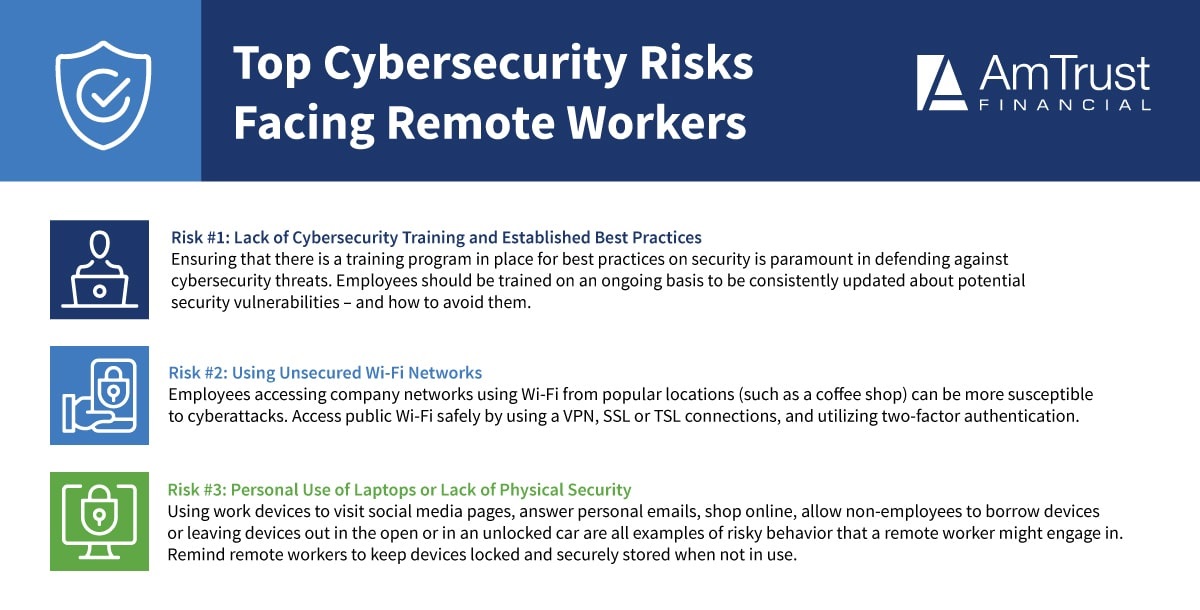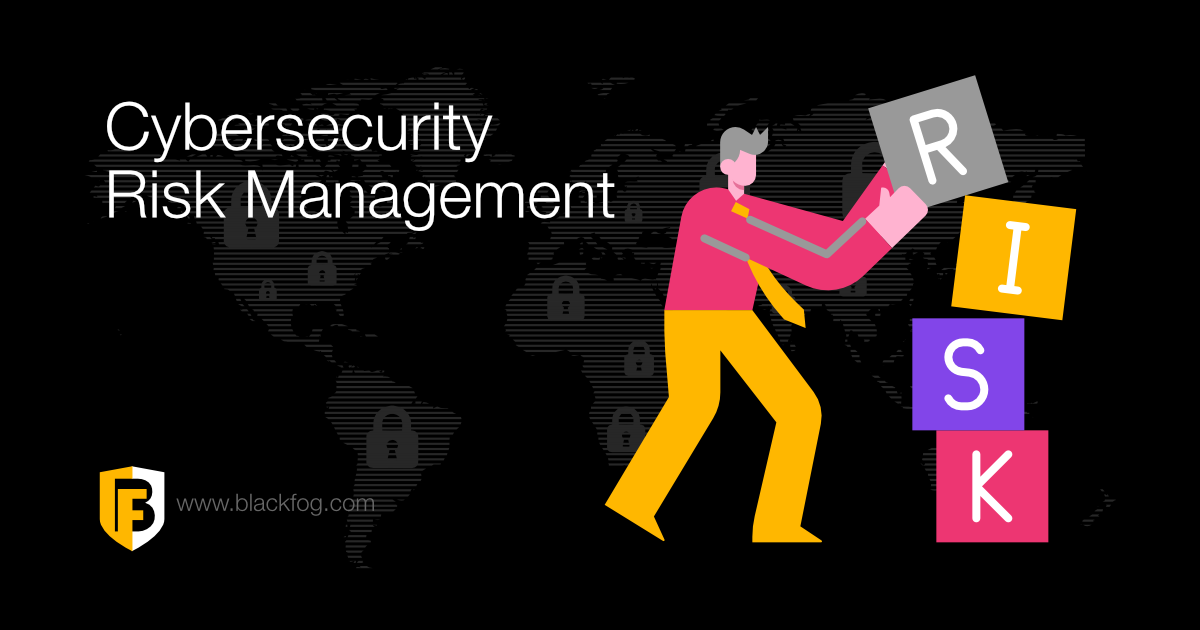Cyber Risks in Remote Work: Latest News and Tips
Remote work has become a common trend, especially after the global pandemic. Many companies now allow employees to work from home or other locations. However, while this flexibility offers benefits, it also brings cyber risks. This article explores the latest news on these risks and shares simple tips to stay safe while working remotely.
Understanding Cyber Risks in Remote Work
Cyber risks refer to the dangers or threats that affect the safety of online data and systems. In remote work, these risks increase because employees use different networks, devices, and tools. These connections can become easy targets for hackers, who want to steal sensitive information, such as company data or personal details.
A common cyber risk in remote work is phishing attacks. Phishing happens when hackers trick people into clicking on fake links or downloading harmful files. For example, a remote worker might receive an email that looks like it’s from their boss, but it’s really a hacker trying to steal information.
Another risk is weak passwords. Many remote workers access company systems using their own devices, and they may not always create strong passwords. A weak password makes it easier for hackers to break into accounts. Once they’re inside, they can steal data or even shut down systems.
Public Wi-Fi networks also pose a big risk. Remote workers might work from coffee shops, libraries, or other public places where the internet connection isn’t secure. Hackers can easily break into these networks and access whatever data is being sent through them.
By understanding these risks, employees can take the necessary steps to protect themselves and their companies.
Latest News on Cyber Threats in Remote Work
The world of cyber threats is always changing, and hackers are constantly finding new ways to attack. One recent development is the rise of ransomware attacks on remote workers. In a ransomware attack, hackers gain access to a system, lock it down, and demand money to release it. In 2023, several large companies reported that their remote teams were targeted by such attacks, resulting in huge financial losses.
Another trend is the increase in supply chain attacks. This happens when hackers target a third-party service provider that a company relies on. For example, a business might use an outside software company to manage emails or data storage. If the software company gets hacked, all the businesses using it are at risk. Remote workers are especially vulnerable because they often rely on these services to stay connected with their teams.
Additionally, there has been a spike in deepfake technology used in remote work environments. Deepfakes are videos or audios that look and sound real but are actually fake. Hackers use this technology to impersonate managers or coworkers, tricking employees into sharing confidential information.
These news stories show that cyber threats are not slowing down. In fact, they’re becoming more creative and harder to detect.
Simple Tips to Protect Against Cyber Risks
Despite the increasing number of cyber threats, there are easy ways to stay safe while working remotely. The first tip is to use strong, unique passwords. Avoid using simple passwords like “123456” or “password.” Instead, create a password that includes letters, numbers, and symbols. It should be hard to guess but easy for you to remember.
Another important step is to enable two-factor authentication (2FA). This adds an extra layer of security to your accounts. With 2FA, you’ll need to verify your identity by entering a code sent to your phone or email before accessing your account. Even if a hacker knows your password, they won’t be able to log in without the second code.
It’s also smart to avoid public Wi-Fi networks when handling sensitive work tasks. If you must use public Wi-Fi, consider using a Virtual Private Network (VPN). A VPN hides your internet activity from hackers, making it safer to work on unsecured networks.
Regular software updates are another simple way to reduce risks. Hackers often exploit vulnerabilities in outdated software. By keeping your apps, antivirus programs, and devices up to date, you can prevent many attacks.
Lastly, always be cautious when opening emails or clicking on links. If something seems suspicious, don’t take the risk. Confirm with the sender through a different communication channel before interacting with the email or link.
The Role of Companies in Reducing Cyber Risks
While individual employees play a big role in preventing cyber attacks, companies also have a responsibility to keep remote work safe. One of the first things businesses should do is provide cybersecurity training for all employees. This training can teach workers how to spot phishing attempts, create strong passwords, and follow safe online practices.
Companies should also invest in secure communication tools. Many remote teams use apps like Slack, Zoom, or Microsoft Teams to collaborate. It’s important for these tools to have encryption, which protects the information shared between users.
Another way businesses can protect themselves is by setting up regular security audits. This means having a team review the company’s cybersecurity measures and looking for weaknesses. By fixing these gaps, businesses can reduce the chances of an attack.
Finally, companies should create a clear cybersecurity policy. This policy should explain the steps employees must follow to keep the company’s data safe. It should include rules about password management, software updates, and how to report suspicious activity.
By working together, companies and employees can create a safer environment for remote work.
Latest Cyber Threats in Remote Work

In the world of remote work, cyber threats are constantly changing. Hackers are coming up with new ways to attack, making it harder for companies and workers to stay safe. Here are some of the latest cyber threats that remote workers need to watch out for:
1. Phishing Attacks: Phishing is when hackers send fake emails or messages to trick people into giving away their passwords or personal information. Remote workers are a big target because they may not have the same security as they do in an office. These attacks can look very real, making it hard to tell what’s fake and what’s not.
2. Ransomware: Ransomware is a type of malware that locks a person’s data until a ransom is paid. Hackers target remote workers who may not have strong security. Once the data is locked, the worker or company has to pay a fee to get it back. This can be very costly and damaging to the business.
3. Weak Passwords: Many remote workers use simple or repeated passwords across different platforms. This makes it easier for hackers to guess them and get access to sensitive information. Weak passwords are one of the easiest ways for cybercriminals to get into accounts.
4. Unsecured Wi-Fi Networks: Public Wi-Fi is convenient, but it’s also a goldmine for hackers. If a remote worker connects to an unsecured network, cybercriminals can easily steal information. This includes passwords, emails, and even company data.
These threats are growing as more people work remotely, which is why it’s important to stay updated on the latest risks and how to avoid them.
Impact of Cyber Risks on Remote Workers
Cyber risks can have a huge impact on remote workers, affecting both their personal and professional lives. Let’s explore some of the ways in which cyberattacks can cause damage:
1. Data Loss: One of the biggest threats remote workers face is losing data. Cyberattacks can erase important files or hold them hostage, leading to loss of work and valuable information. Imagine working on an important project for weeks only to have it vanish because of a cyberattack. It can set a worker back significantly.
2. Financial Loss: Hackers often aim to steal money or demand payments in the form of ransomware. For remote workers who use personal devices for work, a successful attack can lead to financial ruin. Companies may lose millions in paying ransom or recovering from a breach.
3. Reputation Damage: If a cyberattack happens at a company, its reputation can take a hit. Customers lose trust when they know their data isn’t safe. For remote workers, if they’re responsible for the breach, it can damage their professional reputation and even cost them their job.
4. Stress and Anxiety: Remote workers already face stress from balancing work and personal life. When a cyberattack happens, it adds more pressure. Workers may feel anxious about whether they’ve lost important data or if their personal information is being misused.
The impact of cyber risks can be overwhelming, which is why it’s important for remote workers to be aware of the threats and take action to protect themselves.
Tips to Protect Against Cyber Risks in Remote Work
Remote workers don’t have to live in constant fear of cyberattacks. By taking some key steps, they can reduce the risks and work safely from anywhere. Here are some tips to stay protected:
1. Use Strong Passwords: Passwords are the first line of defense against cyberattacks. Remote workers should use strong, unique passwords for each account. Avoid using common phrases or easy-to-guess words. It’s also a good idea to change passwords regularly and consider using a password manager to keep track of them.
2. Enable Two-Factor Authentication (2FA): Two-factor authentication adds an extra layer of security to accounts. It requires not only a password but also a second form of verification, like a text message or an email code. This makes it much harder for hackers to get into an account, even if they have the password.
3. Secure Wi-Fi Networks: Remote workers should always connect to secure Wi-Fi networks. Public Wi-Fi, like those in coffee shops, are risky because hackers can easily access them. Workers should use a Virtual Private Network (VPN) when working from public spaces, as it encrypts data and makes it harder for hackers to steal information.
4. Keep Software Updated: Outdated software is a big target for hackers. Remote workers should regularly update their devices and applications to the latest versions. Updates often include patches for security flaws, making it harder for cybercriminals to break in.
5. Be Careful with Emails and Links: Phishing attacks often come through emails. Workers should be cautious when opening emails from unknown senders. If a link looks suspicious, it’s best not to click on it. Also, don’t download attachments unless you’re sure of the sender.
Following these tips can go a long way in reducing cyber risks for remote workers, helping them stay safe while working from home or anywhere else.
Conclusion
Remote work is here to stay, but with its convenience comes new risks. Cyber threats are becoming more common and more dangerous, especially as hackers find new ways to target workers outside the office. By staying informed about the latest news and following simple tips like using strong passwords, enabling two-factor authentication, and avoiding public Wi-Fi, remote workers can protect themselves and their companies from cyber attacks.
Likewise, companies can reduce risks by investing in secure tools, offering training, and conducting regular audits. Together, these measures will help ensure that remote work remains productive and safe in the digital age.



